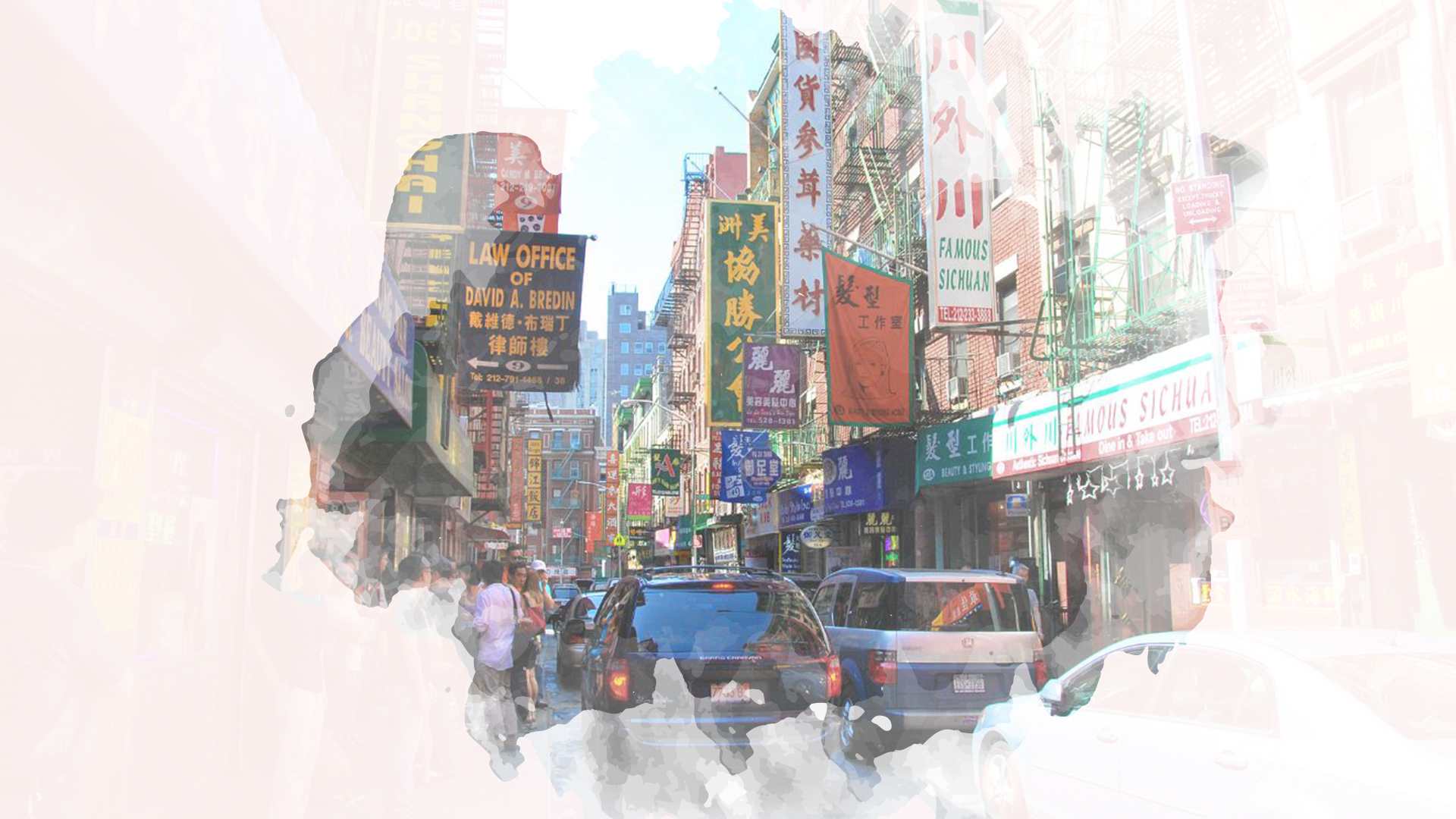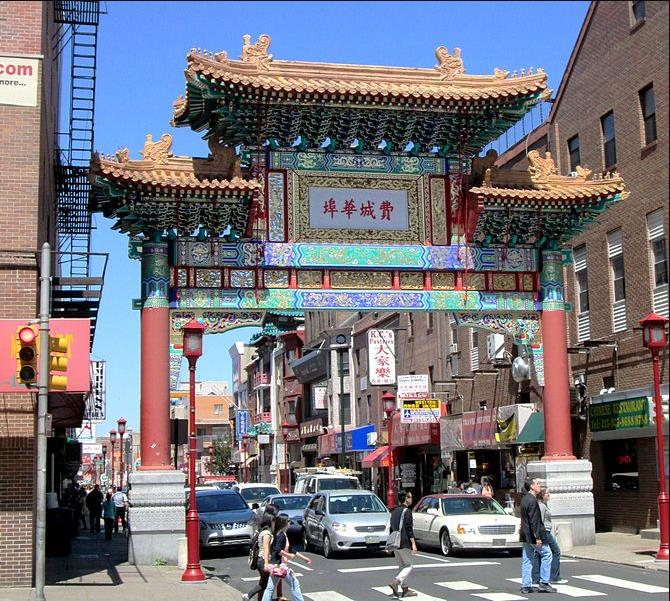A hunger strike is underway in New York City where people who were forced out of their crumbling Chinatown apartment building are protesting.
About 100 tenants were evacuated from their homes in January after a court-ordered inspection deemed the building uninhabitable. Other community members have joined them in their effort to return to their homes.
The tenants claim their landlord has let the building fall apart – so he could make repairs and then charge higher rent, in turn attracting more affluent residents.
"We bring everybody together to form the tenants association. Landlord withdrew case but later on, he sued all the families. He’s got a lot of money so he is using it one way or another. We’re angry about it. Cause the building problems judge already ordered the landlord to fix but he is using it to kick people out," the spokesman for the Bowery Tenants Association Vincent Cao told CGTN Digital. "We really want to push criminal prosecution he cannot throw out tenants belongings."
Acts of gentrification like this are happening in major cities throughout the US, mainly in neighborhoods that are predominately black and Latino. However, there is a mass wave of gentrification now eroding Chinatowns all across America.
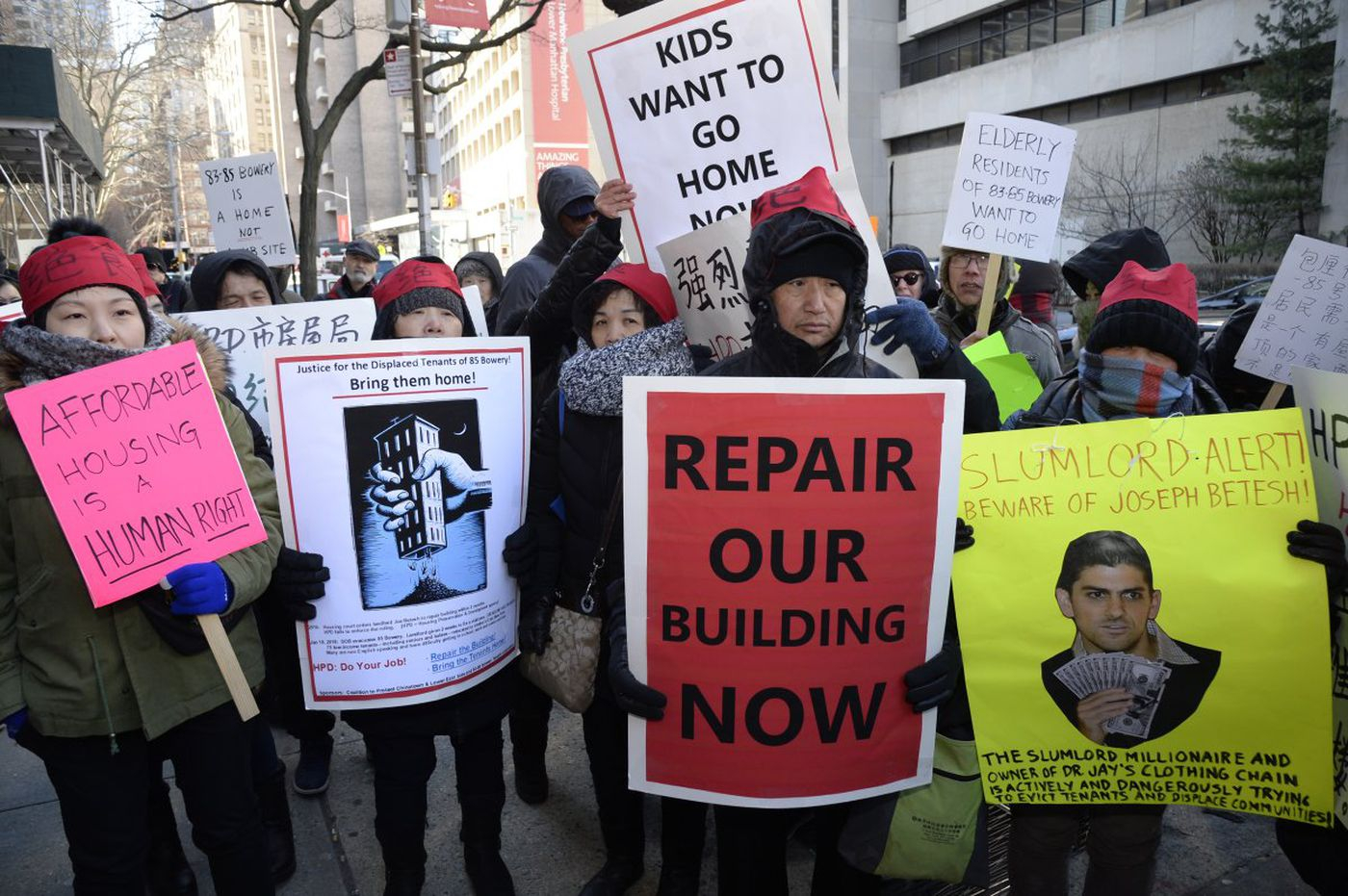
Tenants forced out of crumbling Chinatown building stage another hunger strike outside City Hall in New York City. / AP
Tenants forced out of crumbling Chinatown building stage another hunger strike outside City Hall in New York City. / AP
History of Chinatown
Chinatowns typically resulted from mass migrations to an area without any, or with very few, Chinese residents. These hubs of Chinese culture and people exist throughout the world, including Asia, Australia, the Americas, Africa and Europe.
Binondo in Manila, Philippines was established in 1594 and is recognized as the world's oldest Chinatown. Some other notable Chinatowns are the ones in San Francisco and Melbourne, which were founded in the mid-19th century during the California gold rush and Victoria gold rush, respectively.
Manhattan's Chinatown in New York City is the largest concentration of Chinese people in the Western Hemisphere. The working class neighborhood is home to the city’s Chinese immigrant community and a slew of genuine Chinese restaurants, specializing in everything from Sichuan cuisine to dim sum. Both demographics are changing.
“What happens is for many of the rent-stabilized tenants, the landlords will find some sort of discrepancies to not renew the lease or raise rents to an exuberant amount that you will not be able to pay that number,” Joe Chan, a longtime resident of New York's Chinatown, told CGTN Digital. “Tourists want to come for the authenticity of Chinese cooking, but that is being replaced.”

The Chinatown in San Francisco is one of the largest Chinatowns in North America. / AFP
The Chinatown in San Francisco is one of the largest Chinatowns in North America. / AFP
Chan lives in a rent-controlled apartment that has been in his family for decades, as it was passed to him by an aunt.
He arrived in Chinatown from Hong Kong in 1968 and is fully aware of the neighborhood's changes.
“We are losing the true Chinatown historical footprint,” he said.
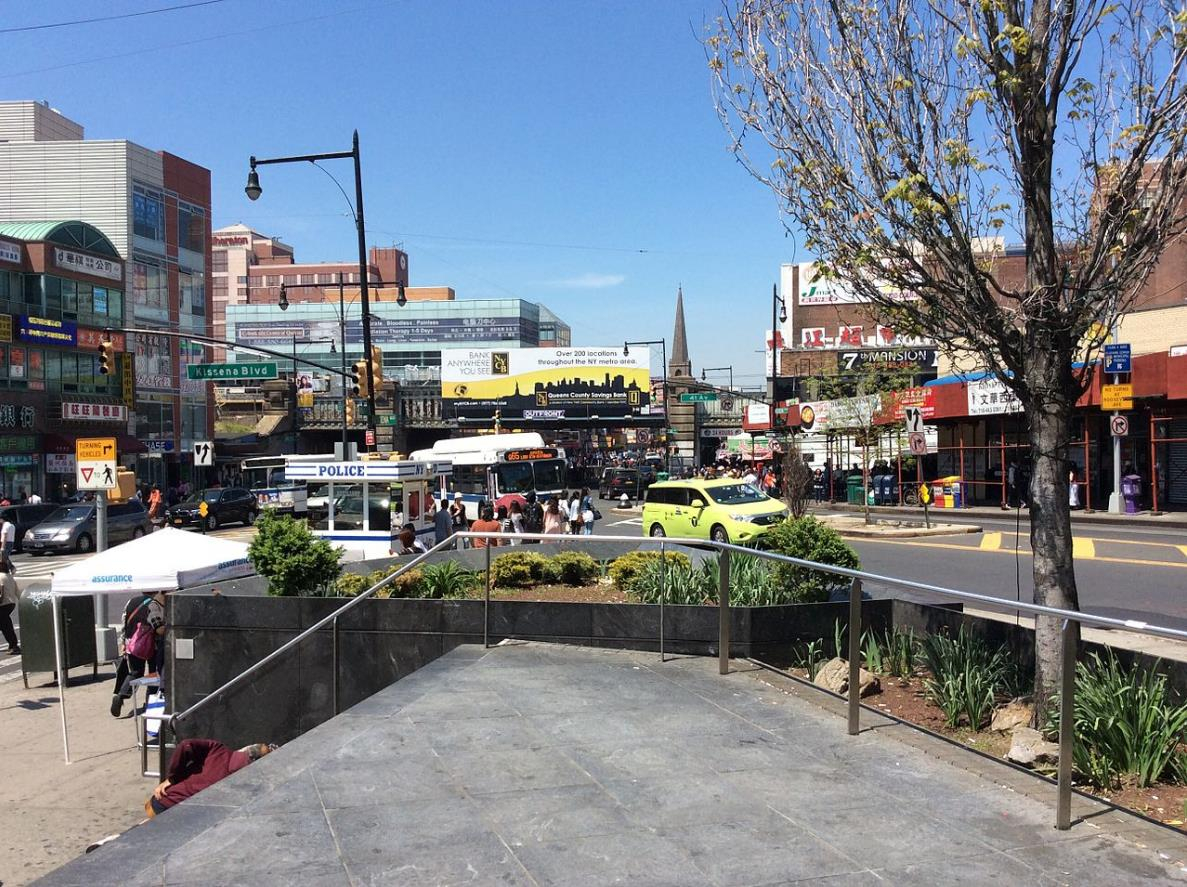
Flushing Chinatown (法拉盛華埠), Queens, New York City, houses over 30,000 individuals born in China. It has become home to one of the largest and fastest-growing Chinatowns in the world. / AFP
Flushing Chinatown (法拉盛華埠), Queens, New York City, houses over 30,000 individuals born in China. It has become home to one of the largest and fastest-growing Chinatowns in the world. / AFP
Urban sprawl
Chan said Chinatown today is no longer the place many younger generations of Chinese can call home.
“Gentrification – they graduated and they wanted to better themselves,” he told CGTN Digital. “The only way they feel [that they could] themselves was to leave their old enclaves.”
On one of New York’s leading realty websites, Trulia, the cheapest rent we could find for a one bedroom at Chinatown ‘s lower Manhattan address is 2,500 US dollars a month.
“You need a real comfortable salary to live here now,” Chan said.
But Chinatown in Manhattan is just one of several Chinatown’s in the five boroughs that make up New York City. All are experiencing its own version of growing pains, with Chen ’s neighborhood being the city’s original.
“Lots of traditional Chinese cooking restaurants are fading away. The amount of rent increases they have to deal with to have to continue to do business,” Chan said. “All of that is phasing out because they want to tailor the neighborhood to the hipsters and other young professionals moving into the area.”
He said the same thing is happening all over the world.
![]()
The "Friendship Gate" welcoems visitors to Chinatown, Philadelphia. / Beyond My Ken
The "Friendship Gate" welcoems visitors to Chinatown, Philadelphia. / Beyond My Ken
Sign of the times
“I have relatives in London, Australia, Canada,” Chan said. “Everything you see now is no longer Chinatown.”
Many of the US’s traditional Chinatowns were created out of a combination of economic necessity and racial discrimination.
Chinese immigrants created the first Chinatown in San Francisco around 1850 and soon began forming others, as they were increasingly rejected and restricted from other neighborhoods.
Chinatowns that were built in the late 19th century or early 20th centuries were usually on the outskirts of cities, where land was relatively inexpensive. But today, cities including Philadelphia, Los Angeles, and Boston have grown to the point that their Chinatowns sit within the urban core, making the land more valuable and more coveted.
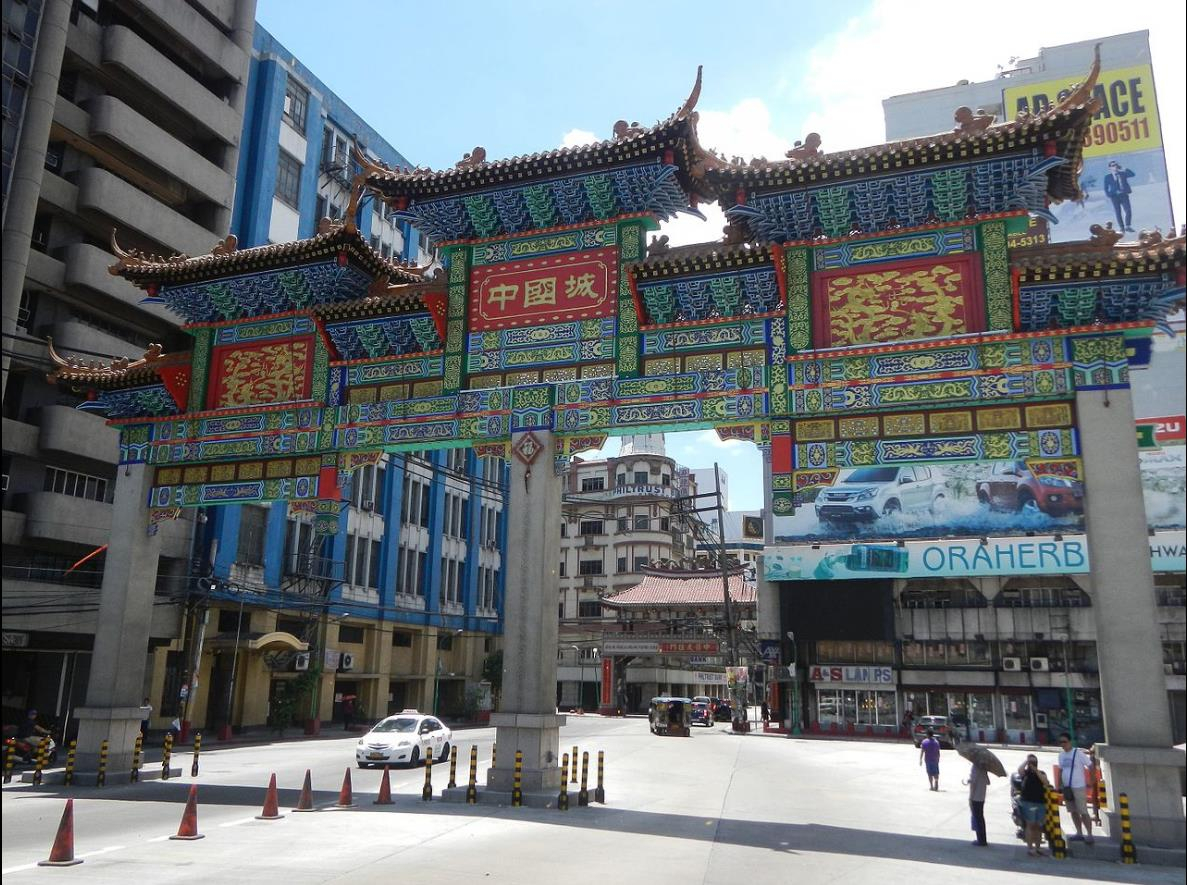
Binondo's Chinatown located in Manila, Philippines, is the oldest Chinatown in the world, established in 1594. / Judgefloro
Binondo's Chinatown located in Manila, Philippines, is the oldest Chinatown in the world, established in 1594. / Judgefloro
In Los Angeles and Philadelphia, prices are increasing at a faster rate in the zip codes encompassing Chinatowns than in other downtown neighborhoods, according to an analysis by Realtor.com.
Defenders of Chinatown gentrification insist the new residents often become patrons of businesses, adding to the neighborhood’s economic strength.
As these Chinatowns gentrify, they are also becoming less ethnically Chinese. For a number of Chinatown activists, the entrance of buyers and renters represents worrisome competition for the working-class immigrants who have traditionally lived and worked in these areas.
“I would like to see some of the Chinese youth remain in Chinatown to sustain it, not others coming in with buckets of money to build a new Chinatown,” Chan said. “They are eradicating the early American Chinese culture.”
(With input from news agencies)
(Cover image: Manhattan's Chinatown in New York City is the largest concentration of Chinese people in the Western Hemisphere. /CGTN Digital)

